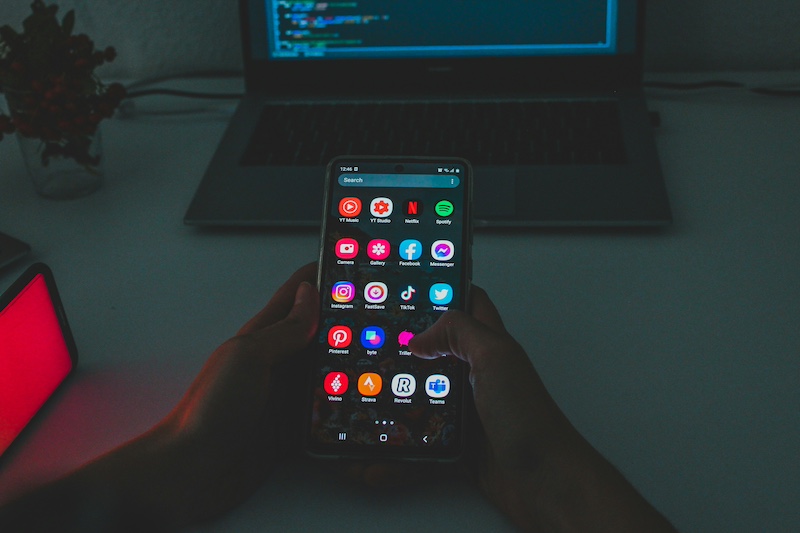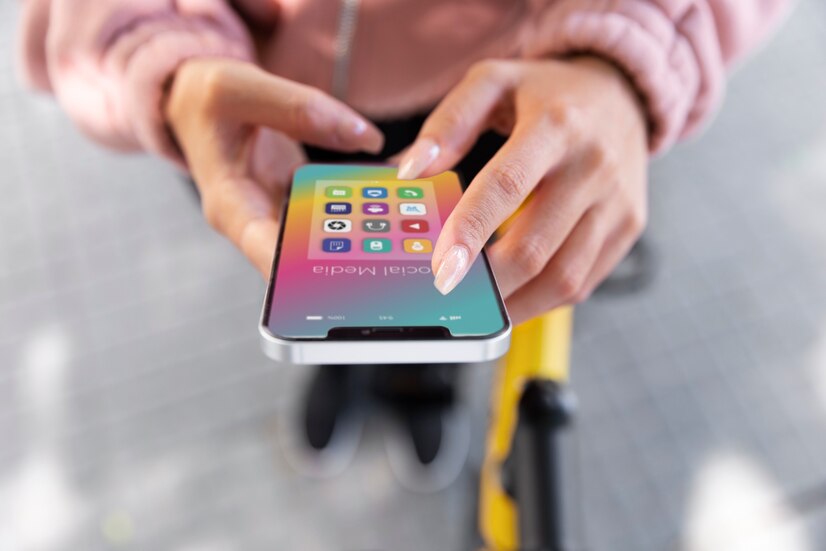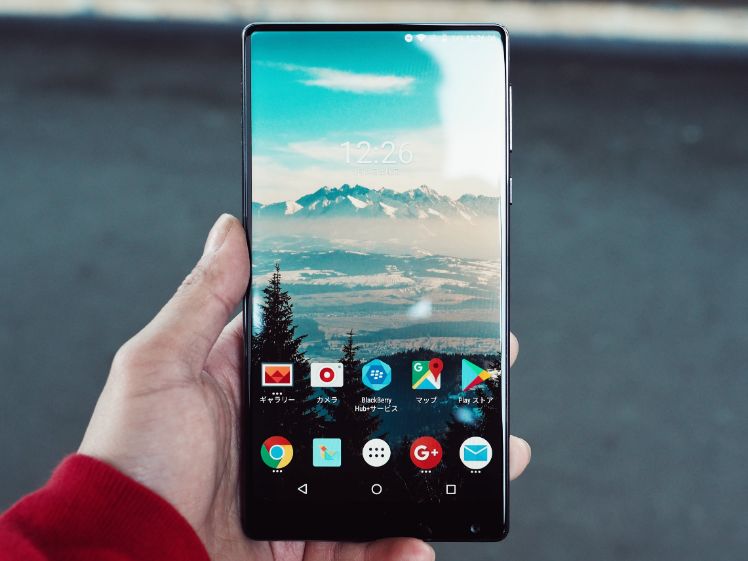In the digital era, where mobile applications are everywhere, mobile app security is probably one of the most critical topics in the mobile industry. As our reliance on mobile apps deepens, so does the necessity to fortify them against an ever-evolving landscape of cybersecurity threats.
The first line of defense in fortifying any system is comprehending the nature of threats. In the world of mobile applications, these threats are multifarious and ever-evolving. Cybercriminals exploit various vulnerabilities, from injecting malicious code and phishing schemes to exploiting insecure data storage and transmission.
According to IT Governance, there were 71 publicly disclosed security incidents in September 2023, accounting for 3,808,687,191 compromised records, bringing the year’s total to over 4.5 billion breaches and cyber attacks. Now, that is huge!
As you can imagine, this leads to substantial financial and reputational damages for businesses across the globe.
These incidents underscore the reality that no entity, large or small, is immune to these pervasive threats. The silver lining is that each breach provides valuable insights, contributing to a stronger collective defense strategy when shared and understood within the tech community.
Principles of Secure App Development
In the face of these threats, adopting secure coding practices is the cornerstone of developing a secure application. These principles are not merely guidelines but essential rules that, when integrated into the app development lifecycle, form a robust defense mechanism.
Secure Coding Best Practices
Developers must understand that security is not a one-off task but an ongoing process. From input validation to session management and proper error handling, every stage in the development process is crucial. The employment of secure APIs, understanding the code from open-source platforms, regular updates and patches, and proactive use of encryption all fall within these best practices.
The Development Lifecycle
Integrating security into the app development lifecycle means introducing security assessments at every phase. This includes risk assessments, security architecture analysis, code reviews, back-end network security measures, and rigorous security testing. It’s a comprehensive approach that ensures vulnerabilities are identified and mitigated promptly, significantly reducing the app’s overall risk exposure.
Key Features of a Secure Mobile App

While each application is unique and caters to different audiences and needs, certain universal features are integral to any secure mobile app:
1. Robust Authentication
The first line of defense in any app security protocol is strong user authentication. This aspect ensures that only authorized users can access your app, thereby protecting user data from unauthorized access. Features like multi-factor authentication (MFA), biometric checks (such as fingerprint and facial recognition), and strong password policies are no longer optional. They form the backbone of secure user access and are a necessity in the current cyber climate.
2. Secure Code
The heart of your app’s functionality is its code, a critical area often targeted by cybercriminals. Secure coding involves practices like code encryption, obfuscation, and minification that deter hackers by making your code harder to breach and decipher. Regularly updated and reviewed code, particularly in response to identified vulnerabilities, helps in fortifying the app’s defenses. This approach makes exploitation difficult for attackers, even if they succeed in reverse-engineering the application.
3. End-to-End Encryption:
In a secure mobile app, data transmitted over networks is like a sealed package, impossible to open and interpret without the right set of keys. End-to-end encryption ensures that data remains scrambled and unreadable during transit, only becoming decipherable at verified entry and exit points. This encryption extends to all forms of data within the app ecosystem, safeguarding user confidentiality and information integrity, even on compromised networks.
4. Secure Data Storage
User data is a goldmine, and secure storage is its vault. Ensuring that data at rest is encrypted prevents unauthorized access and data breaches. This process involves cryptographic techniques ensuring that data stored on the device is only accessible through controlled authentication mechanisms, rendering it useless even if the device itself is compromised.
5. Backend Security Measures:
An app’s backend where data processing happens is a prime target for infiltration. Implementing stringent security measures like secure APIs, network security protocols, and timely patching of vulnerabilities is crucial. Furthermore, utilizing services like a Web Application Firewall (WAF) can prevent attacks targeting the app’s backend, providing an additional layer of security.
6. Regular Security Audits and Testing:
Complacency can lead to security degradation. Regular security audits, penetration testing, and vulnerability assessments are essential in identifying potential security risks. These proactive measures help in understanding and mitigating weaknesses, ensuring the app’s security fabric evolves faster than emerging threats.
7. Privacy Compliance:
Adherence to global privacy regulations doesn’t just protect users but also shields businesses from legal repercussions. Compliance with standards like GDPR, HIPAA, or CCPA means the app is aligned with data protection laws, respecting user privacy and ensuring data is handled, stored, and processed responsibly.
8. Incident Response Strategy:
A secure mobile app is equipped not just to prevent but also to respond. A predefined incident response strategy ensures any security breach is quickly contained, assessed, and managed, minimizing impact and damage. This strategy is accompanied by clear communication protocols to inform users of breaches, reflecting transparency and commitment to data security.
Tools and Resources for Enhancing Mobile App Security
Several tools and resources can assist developers in bolstering app security.
In the battle against cyber threats, various specialized tools have emerged as significant aids for developers. These aren’t just optional extras but essential components in a security-conscious developer’s arsenal.
- Static Application Security Testing (SAST): These tools are used early in the development process, helping developers scrutinize source code for potential vulnerabilities without having to execute the program. They are invaluable for identifying issues early on, saving time and resources.
- Dynamic Application Security Testing (DAST): DAST tools analyze the app’s code in its running state and are typically used after the app has been compiled. This is crucial for finding vulnerabilities that only present themselves during the application’s operation.
- Mobile App Vulnerability Scanners: These scanners are specialized tools that check for specific known vulnerabilities typical of mobile apps. They automate several parts of the security checks to ensure nothing gets overlooked.
- Penetration Testing Tools: These are advanced tools used in mimicking cyberattacks on your app to test its security resilience. They help understand the app’s response to various attack strategies and indicate how robust your security infrastructure is.
Adopting these tools can significantly enhance an application’s defense mechanisms, making it robust and resilient against potential security threats. However, while these tools are essential, they require proper understanding and handling to be effective, emphasizing the need for skilled professionals in cybersecurity.
Legal and Compliance Aspects of Mobile App Security
Beyond the technical challenges, mobile app security also involves a complex web of legal and compliance issues. Failure to comply can attract severe penalties and erode consumer trust.
In the global landscape, regulations like the General Data Protection Regulation (GDPR) in the EU and the California Consumer Privacy Act (CCPA) in the United States have set new standards for user data protection. These laws mandate strict guidelines on data collection, storage, and transmission, with an emphasis on user consent and data encryption.
For developers and businesses, understanding these laws becomes as crucial as the technical aspects of cybersecurity. Non-compliance can lead to hefty fines – for instance, GDPR violations can result in penalties of up to €20 million or 4% of a company’s annual global turnover, whichever is higher. This financial repercussion underscores the necessity of incorporating data protection measures from the onset of app development and ensuring these measures evolve with changing regulations.
Future of Mobile App Security

The world of mobile app security is on a continuous trajectory of evolution, shaped by the advent of new technologies and sophisticated cyber threats. Artificial Intelligence (AI) and Machine Learning (ML) are at the forefront of this evolution, playing an increasingly critical role in cybersecurity.
AI-enhanced cybersecurity systems are capable of analyzing large volumes of data to identify potential threats, including those previously unrecognized, at a speed and efficiency unmatched by human capability. Furthermore, as Internet of Things (IoT) devices become more prevalent, ensuring these interconnected devices operate securely will be paramount.
On the horizon, Quantum Cryptography presents a glimpse into the future of ultra-secure communication, promising the potential of unhackable networks. However, on the flip side, the advent of quantum computing also poses a significant threat, as it could potentially decrypt secure communications, necessitating a reevaluation of current encryption methods.
Conclusion: Prioritizing Security in the Digital Frontier
In conclusion, the message is clear: mobile app security is not a luxury but a necessity. The digital world is fraught with potential security breaches that could compromise user data and tarnish an organization’s reputation. By understanding the various threats, recognizing the importance of secure app development, and utilizing available tools and resources, developers and businesses can create a secure digital environment.
Moreover, staying compliant with international data protection regulations not only helps in avoiding financial penalties but also earns user trust. As we brace for the future, continuous learning, adapting, and investing in robust security measures will be the pillars on which the safe operation of mobile apps will rest.
The journey toward comprehensive mobile app security may be complex, but it is undoubtedly worthwhile. It’s an investment that protects businesses, respects users, and paves the way for a more secure digital future. Whether you’re a developer, a business owner, or a user, we all have a pivotal role to play in safeguarding our digital frontier.
For those ready to take the next step in fortifying their mobile app security, professional consultations and security audits are invaluable. Investing in expertise mobile app development can often be the difference between vulnerability and security resilience. Stay informed, stay secure, and continue to foster a security-conscious culture within the digital space.






